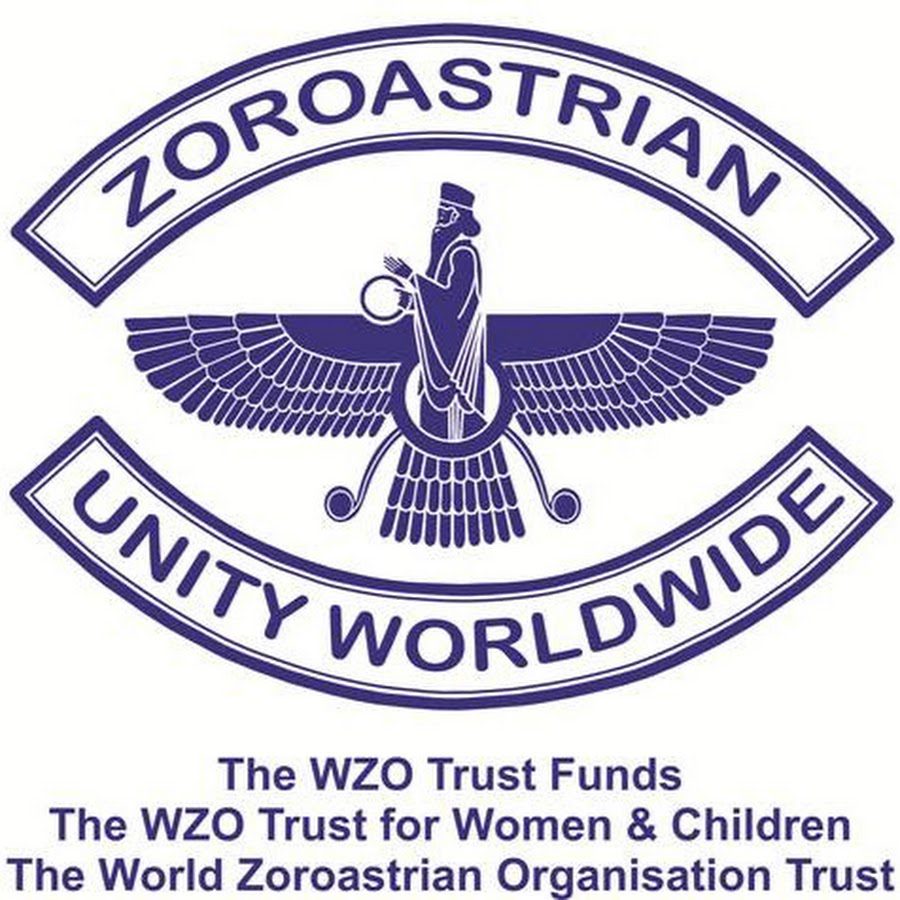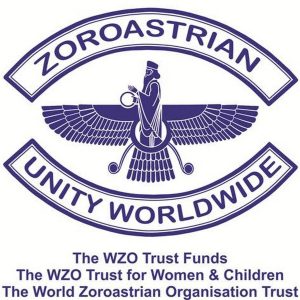World Zoroastrian Organisation Annual Seminar
The World Zoroastrian Organisation globally supports Zoroastrianism, its people and traditions. It’s annual seminal will take place in-person at:
World Zoroastrian House
1 Freddie Mercury Close
Feltham, TW 5DF
This is not a BIPS event. To reserve your seat, please contact: shahin.bekhradnia@w-z-o.org.
10:30 Opening Remarks
10:45 Alexandra Buhler: Relations between Zoroastrians in India & Iran during the late Qajar period
12:00 Khodadad Rezakhani: The Heart of the Empire: Ctesiphon & DilĒrānšahr in the Sasanian World
13:00 Light Refreshments will be available with a vegetarian option
14:00 Vesta Sarkhosh Curtis: Royal Splendour: the art of the Sasanian kings
15:00 Questions to the Panel of Speakers
15:30 Close
About the Speakers:
After studying Theology at Oxford University, Alexandra Buhler completed her MA and PhD at SOAS, where she also taught courses about Zoroastrianism and Iranian history. Her PhD focused on the involvement of Zoroastrians in the Iranian Constitutional Revolution, and the impact that the revolution had on members of the community. Alexandra is the author of Zoroastrianism in India and Iran: Persians, Parsis and the Flowering of Political Identity (IB Tauris, 2024). She currently works in Libraries and Collections at King’s College London and for the not-for-profit organisation ‘It’s Not Your Birthday But…’.
Abstract: This presentation will examine the political, economic and social implications of the relations between Zoroastrians in India and Iran during the late nineteenth and early twentieth centuries, including the years of the Iranian Constitutional Revolution (1906-11). The talk will also address the significance of Parsi feelings of nationalism towards Iran and Parsi pride in the pre-Islamic history of Iran.\
Khodadad Rezakhani is a historian of global late antiquity and Middle Ages, specializing in economic and social history of Iran and Central Asia. He is currently the Principle Investigator of the Gerda Henkel Stiftung funded project, A City of Many Cities: Ctesiphon and Baghdad at Leiden University, Netherlands. He is the author of ReOrienting the Sasanians: East Iran in Late Antiquity (Edinburgh University Press, 2017) and the co-editor, along with John Hyland, of the Brill’s Companion to War in Ancient Iranian Dynasties (Brill, 2024). He is presently also the Assistant Editor of Ancient History for the Journal of Iranian Studies. He previously taught at Princeton University, Freie Universität Berlin, and London School of Economics.
Abstract: The complex that formed the capital of the Sasanian Empire (Ērānšahr) was called many names: Mahoza by its Aramaic speaking population, Tisfoon by its Middle Persian speaking rulers, and al-Mada’inby its later Arab conquerors. It was the centre of late Sasanian political power, the seat of the Eastern patriarchate of Ctesiphon, and a long-time centre of the Jewish community who composed the Talmud. An old city with kernels in the Seleucid period Seleucia-on-Tigris, it was a City of Many Cities (as both Mahoza and al-Mada’in meaning “cities” also convey). Yet, it was not until the second half of the Sasanian rule that the city became the seat of Sasanian power in fact. Along with the importance of the City came the centrality of the region that surrounded it, called Asorestan by the Sasanians (from Assyria) and receiving the honorific Dil-ī Ērānšahr “the Heart of the Empire of Iranians”. This paper will concentrate on the image of Asorestan, and especially the city of Ctesiphon, in the second half of the Sasanian empire (roughly 400-650) and consider its place in the Sasanian sacred topography and political geography.
Vesta Sarkhosh Curtis is an Emeritus Curator at the British Museum and Vice-President of the British Institute of Persian Studies (BIPS). Born in Tehran, she obtained an M.A. in Near Eastern Archaeology and Ancient Iranian Languages at the University of Göttingen in Germany and a PhD from University College London on Parthian Art. She was Joint Editor of the Journal IRAN from 1983-2003. She is Joint Director and Editor of the International Parthian Coin Project, the Sylloge Nummorum Parthicorum (SNP) with Dr Michael Alram and Dr Fabrizio Sinisi in Vienna, and she is Senior Advisor of the SOAS Shapporji Pallonji Institute of Zoroastrian Studies at the University of London. She completed a joint collaborative project with the National Museum of Iran on Sasanian Coins of AD 224-651, which resulted in a two volumes catalogue published in 2010 and 2012. Other publications include Persian Myths, 1993; From Persepolis to the Punjab, 2007, 2011; Persian Love Poems, 2009; SNP 2: Mithradates II (122/1 – 91 BC), 2020; Rivalling Rome: Parthian Coins and Culture, 2020, 2022. She contributed to a series of major exhibitions on Iran both in the British Museum (The Forgotten Empire in 2005-2006), as well the Cyrus Cylinder Exhibition in Tehran in 2011-2012, the US (2013) and in Mumbai (2013-2014). She is particularly interested in the royal and religious iconography of the pre-Islamic period of Iran and Mesopotamia from 6th century BC- 7th century AD.
Abstract: The splendour of the Sasanian King of kings is best seen in the art of the Sasanian period from the early third to seventh centuries BC. The basis of a strong and important artistic policy is founded in the 3rd century CE, but develops from an artistic tradition that existed already in pre-Sasanian Iran. As local kings of Pars in southern Iran, Ardashir and his successors adopted and developed a royal imagery which emphasized the king’s legitimate rule, his Zoroastrian affiliation and the close bond between the Sasanian kings and religion. This talk will present various artistic strands of royal images in different media, including rock-reliefs, coins, seals and silver vessels. It will also discuss the close relationship between kingship and religion in ancient Iran.

